BoC is widely expected to raise the Overnight Rate by another 50bps to 1.50% today. Governor Tiff Macklem had recently noted that interest rates may need to go above the neutral range, estimated to be between 2% and 3%. Thus BoC should indicate that more tightening is still on the way. But Macklem would probably wait at least until July’s monetary policy report before talking about how high rates would top.
Some previews on BoC:
- BoC Policy Meeting: Stick to the Guidance for Now
- Forward Guidance: Bank of Canada to Hike Rates Again as Economy Runs Hot
CAD/JPY’s strong rally this week suggests that correction from 102.93 has completed at 97.78 already, after drawing support from 55 day EMA. Further rise is now expected as long as 100.64 minor support holds. Firm break of 102.93 will resume larger up trend and target 61.8% projection of 89.21 to 102.93 from 97.78 at 106.25.




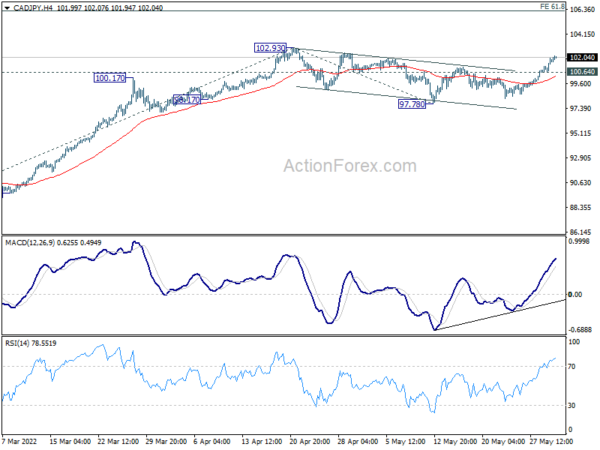
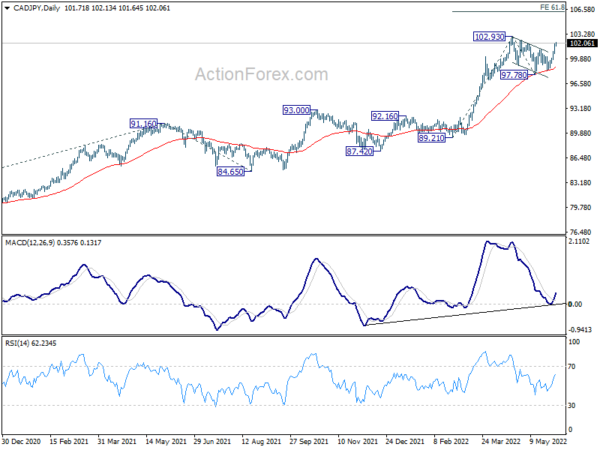
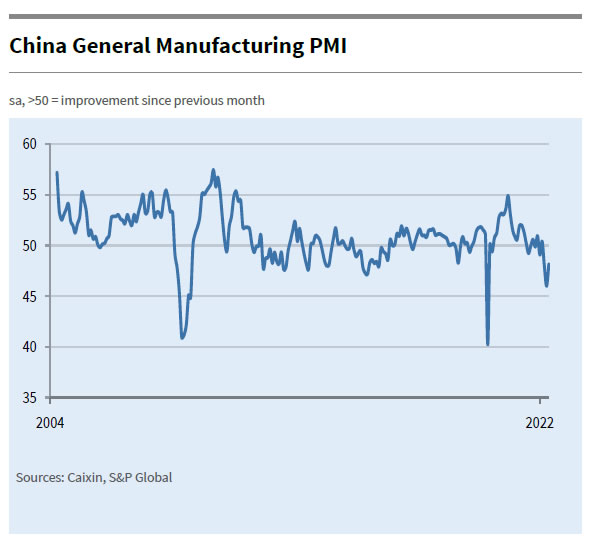
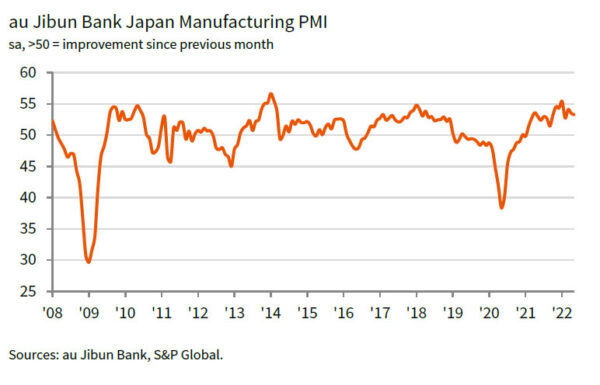

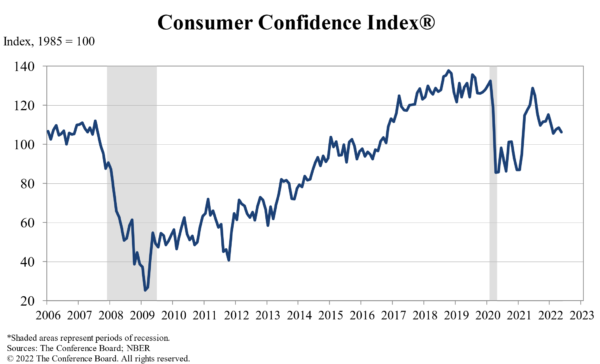
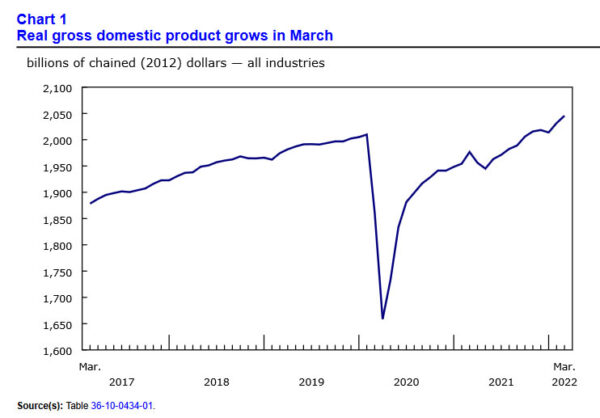
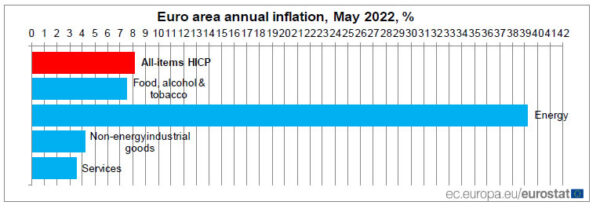
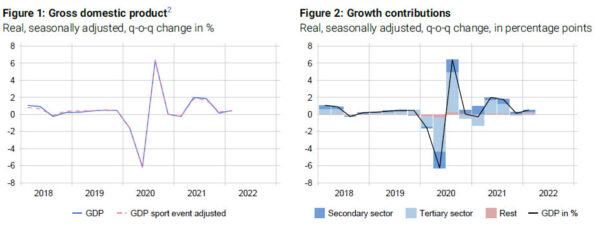
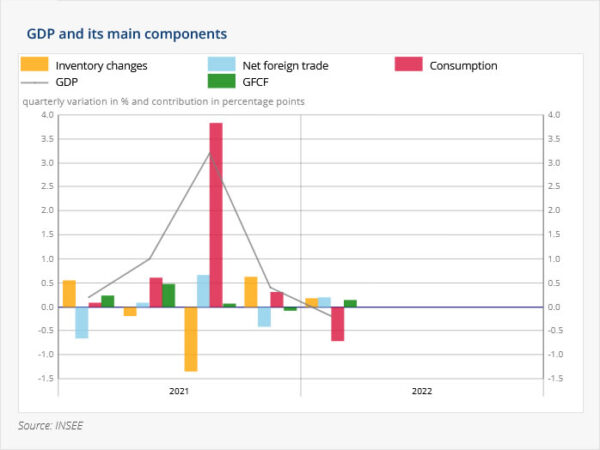
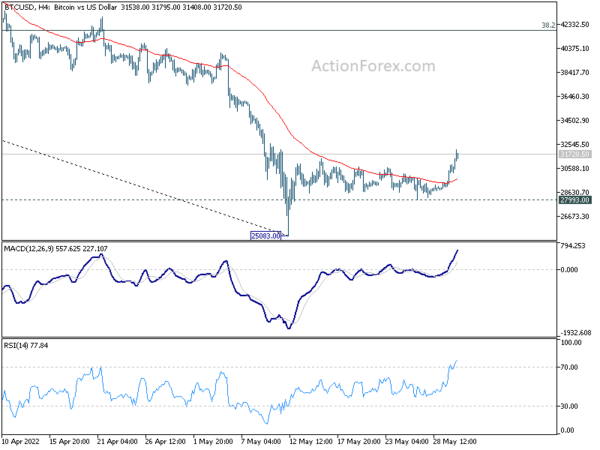
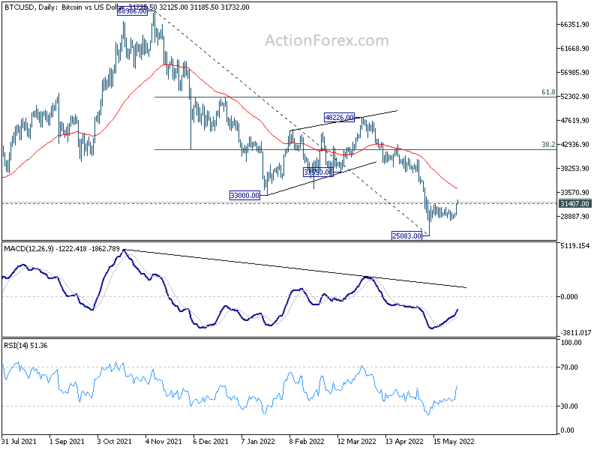
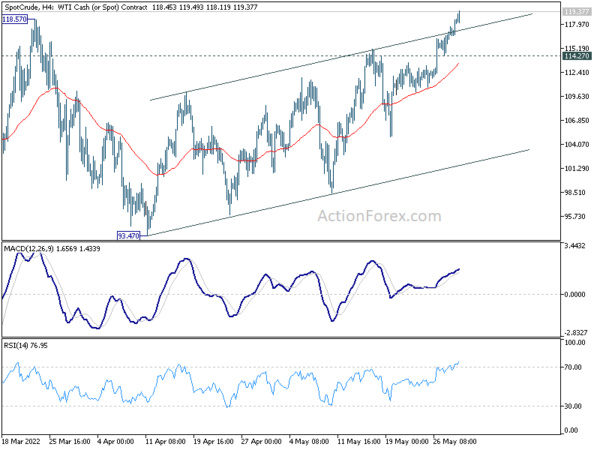
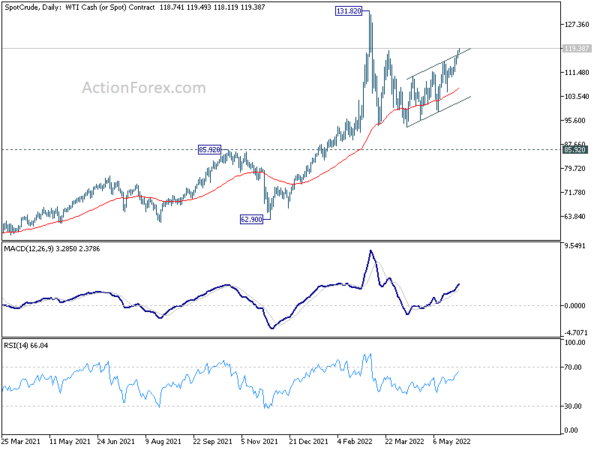
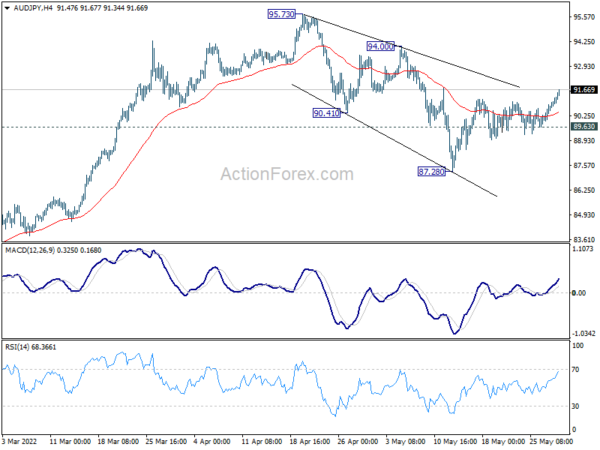
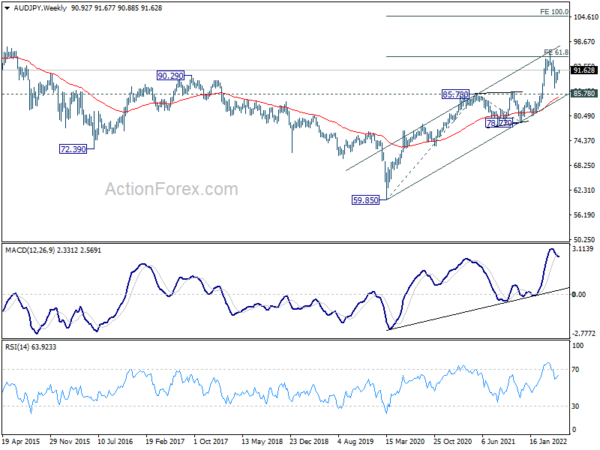

Eurozone PMI manufacturing finalized at 54.6, 18-month low
Eurozone PMI Manufacturing was finalized at 54.6 in May, down from April’s 55.5. That’s the lowest level in 18 months. Looking at some member states, the Netherlands dropped to 18-month low at 57.8. Austria dropped to 16-month low at 56.6. Ireland dropped to 15-month low at 56.4. France dropped to 7-month low at 54.6. Greece dropped to 14-month low at 53.8. Italy dropped to 18-month low at 51.9. Nevertheless, Germany rose to 2-month high at 54.8.
Chris Williamson, Chief Business Economist at S&P Global Market Intelligence said: “Euro area manufacturers continue to struggle against the headwinds of supply shortages, elevated inflationary pressures and weakening demand amid rising uncertainty about the economic outlook. However, the manufacturing sector’s deteriorating health has also been exacerbated by demand shifting to services, as consumers boost their spending on activities such as tourism and recreation.
Full release here.